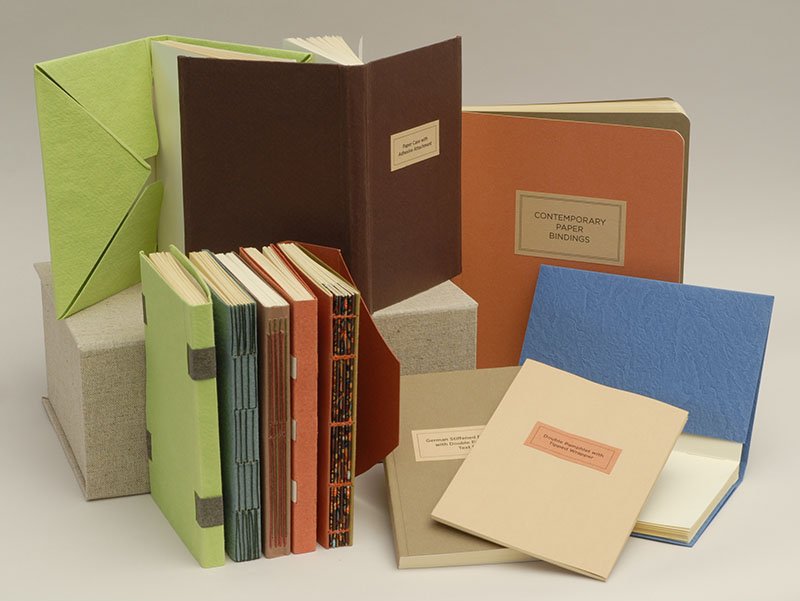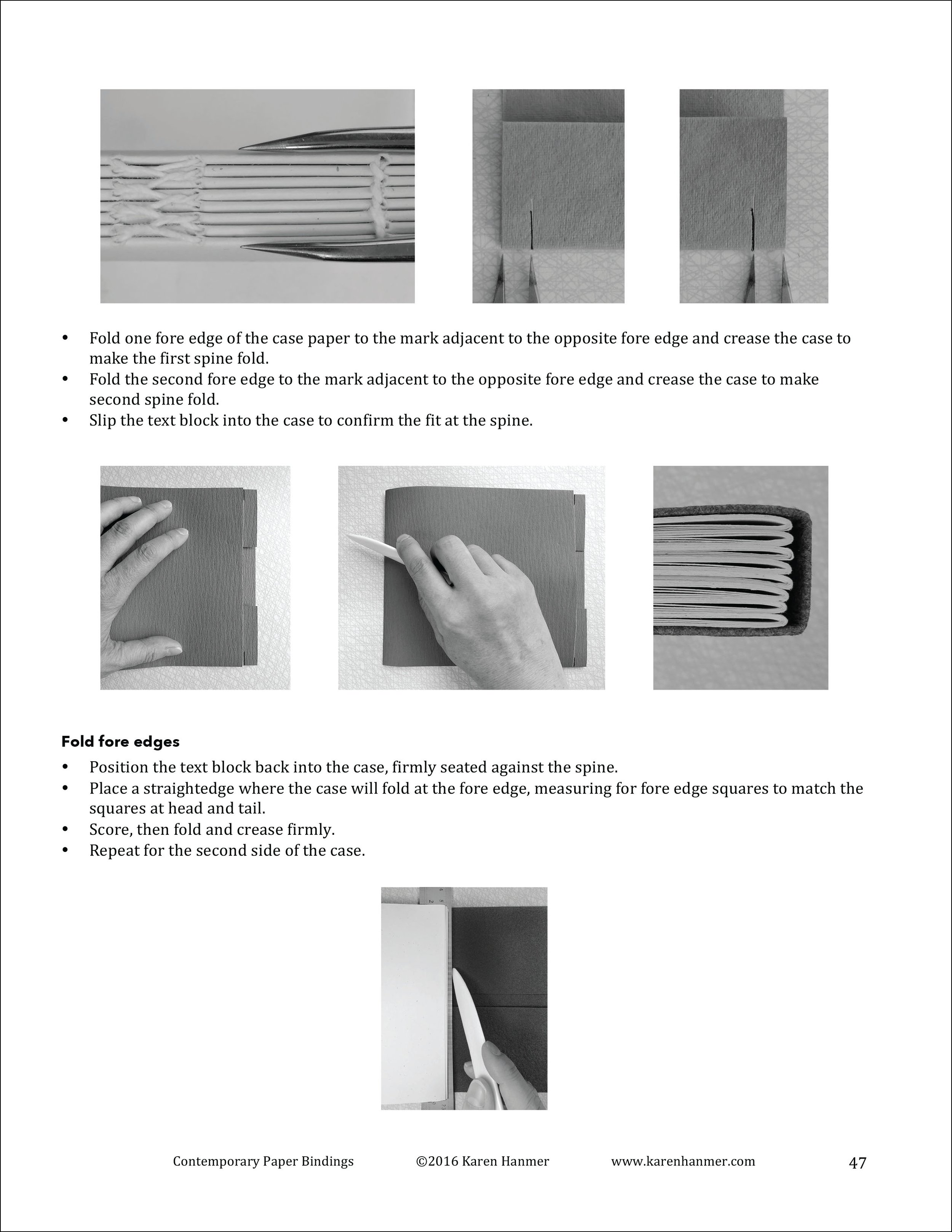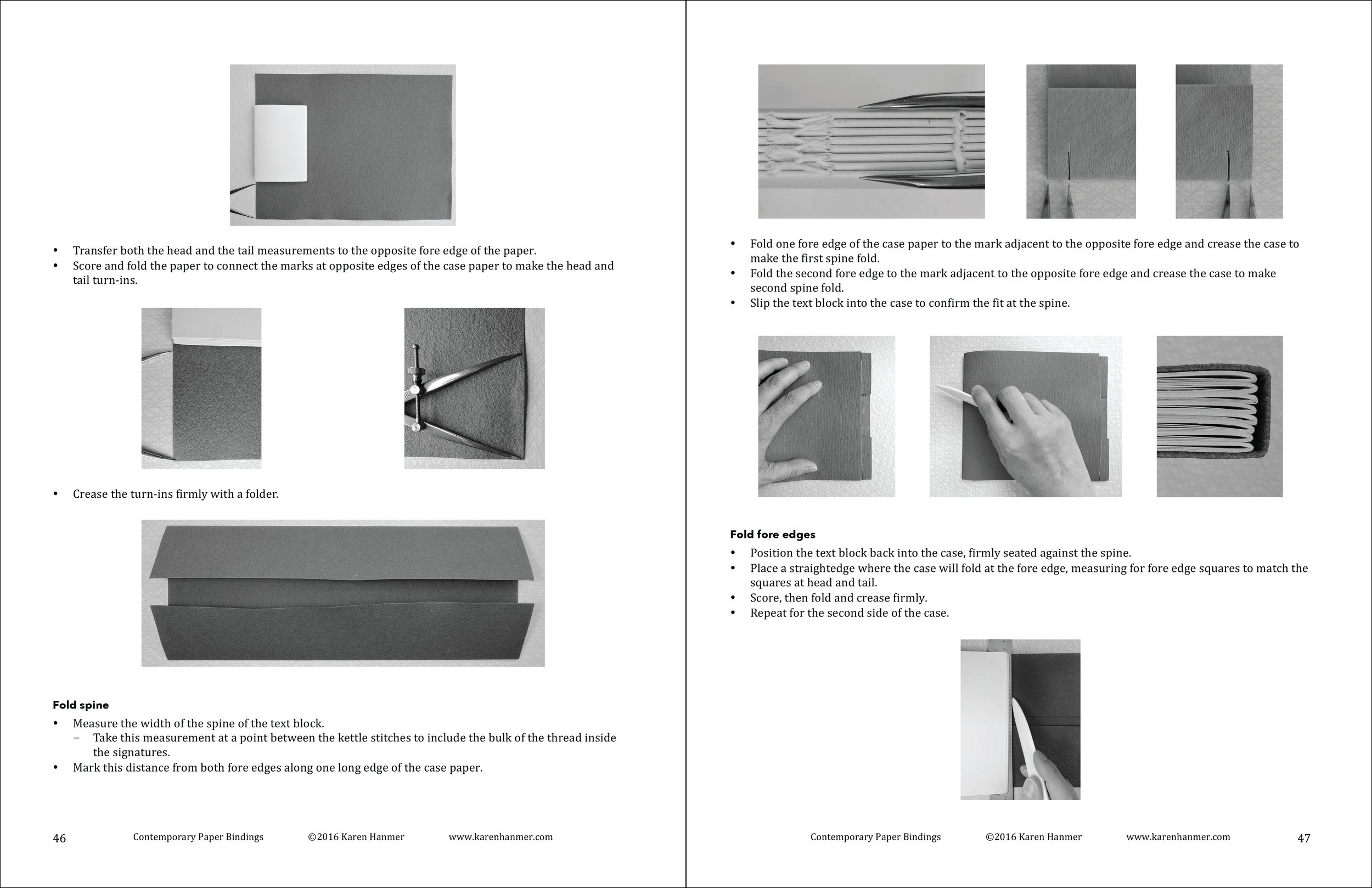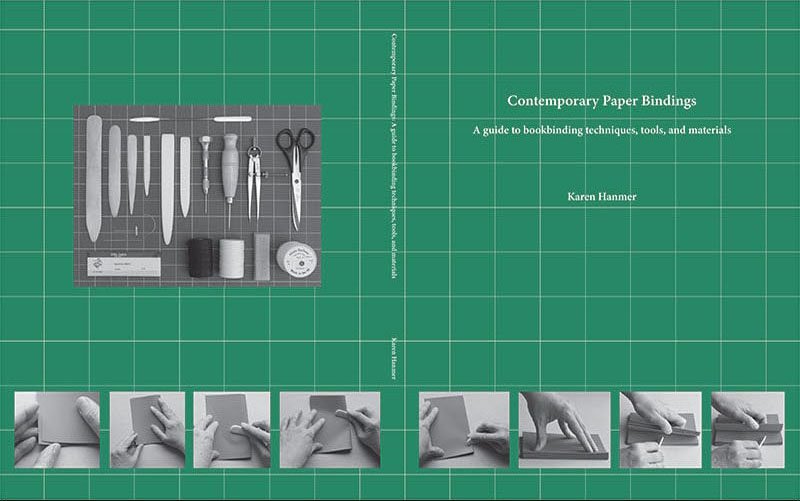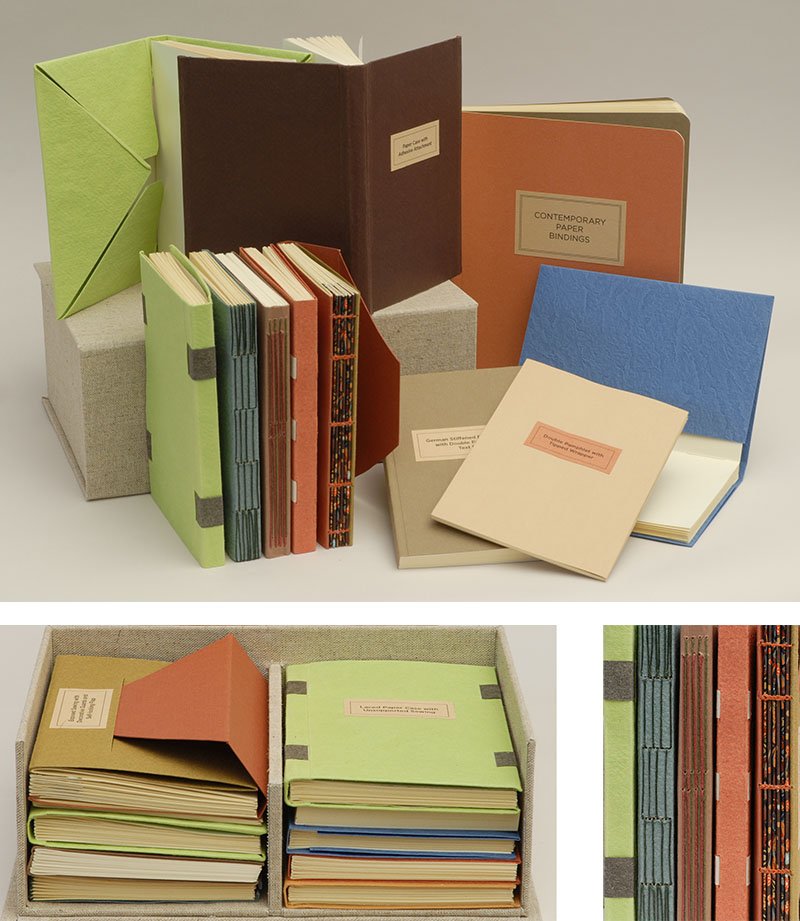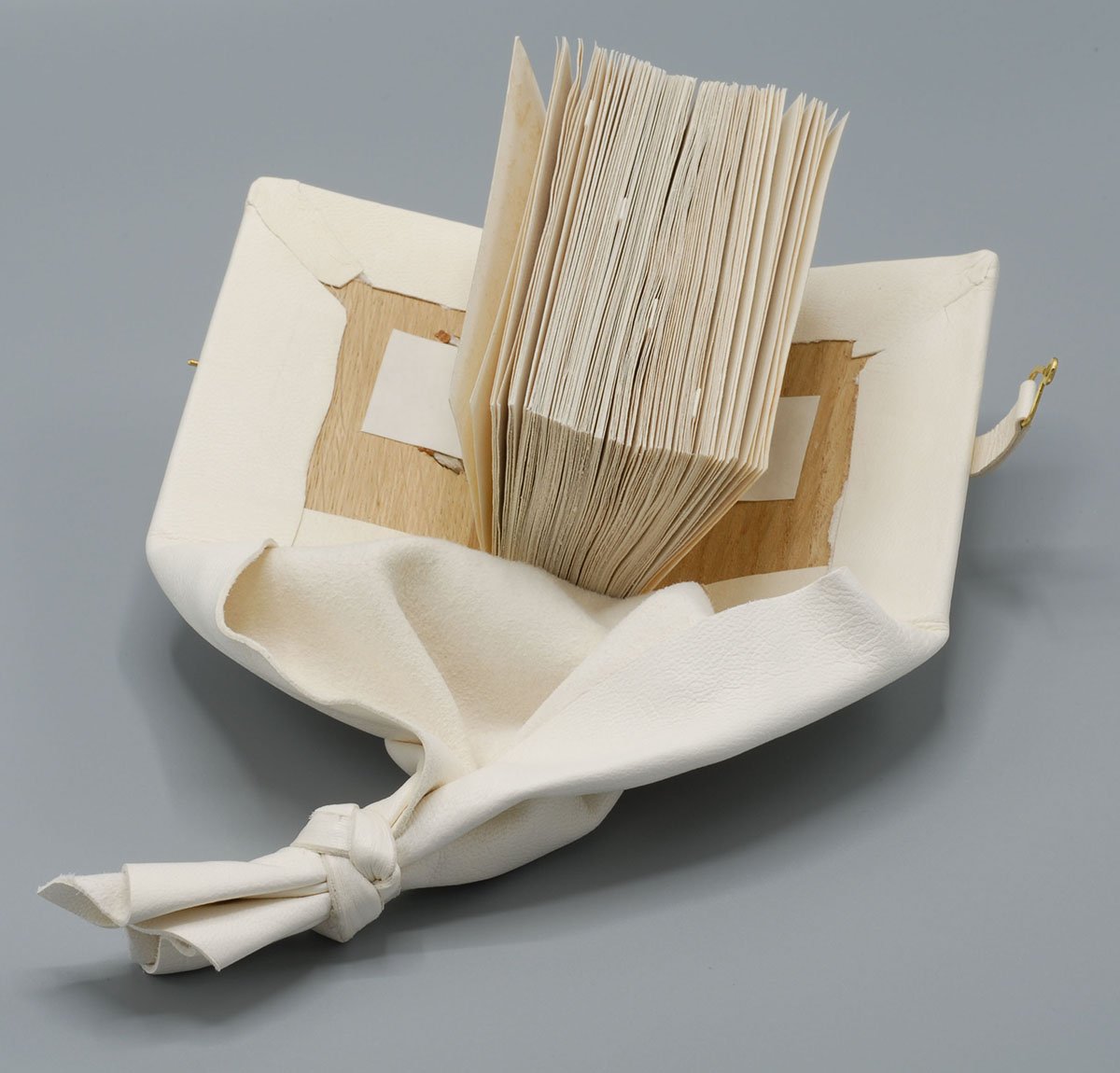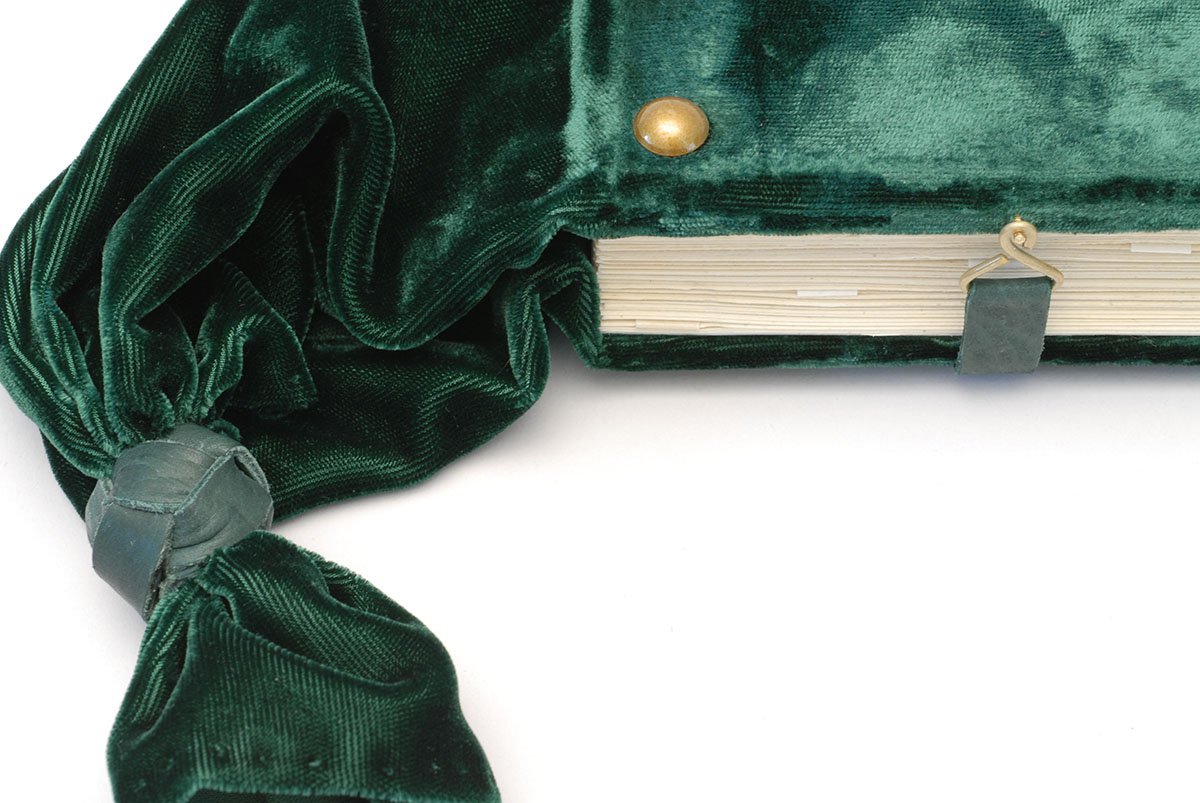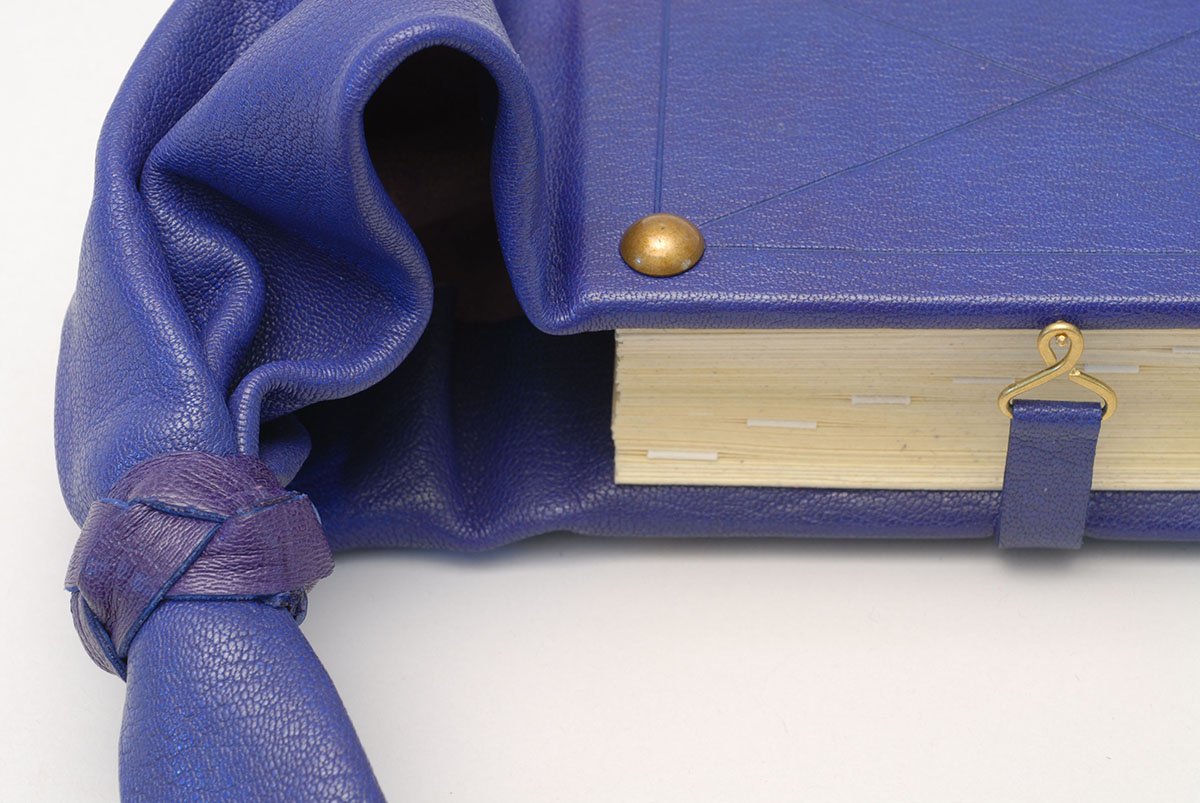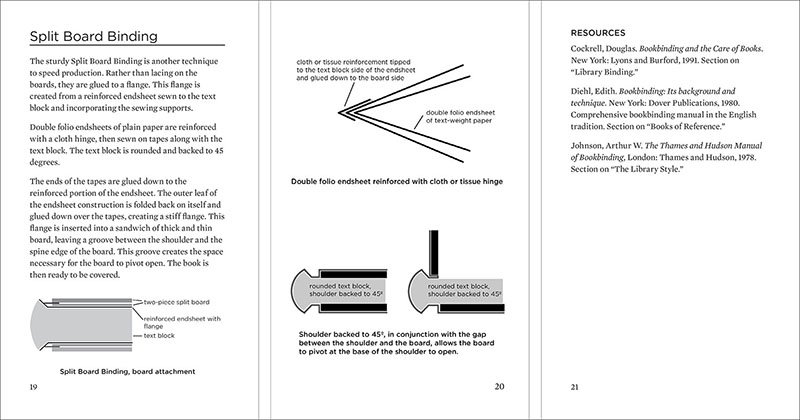 Image 1 of 4
Image 1 of 4

 Image 2 of 4
Image 2 of 4

 Image 3 of 4
Image 3 of 4

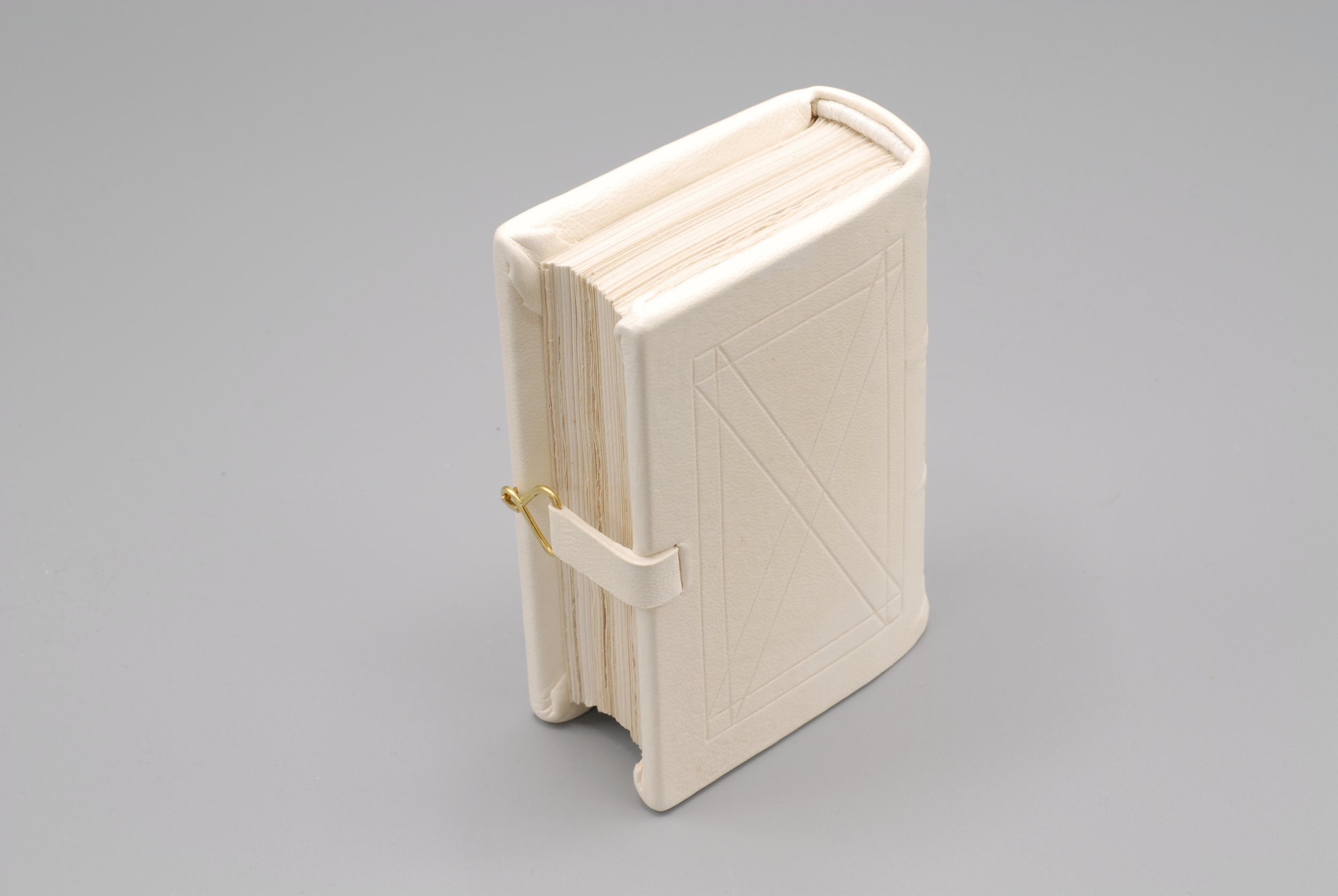 Image 4 of 4
Image 4 of 4





Medieval binding model
Medieval binding model
The medieval binding may be the archetypal book: heavy wooden boards, partially or fully covered in leather, prominent bands on the spine, held shut by straps terminating in metal clasps. Though the materials differ, the construction of these bindings is surprisingly similar to how a fine leather binding is made today. Paper has replaced parchment for the text block; thick, dense paper has replaced wood for the boards; and the sewing is now often done on flat supports to present a smooth spine. The sewing supports are still laced into the boards, the boards still nest into the shoulder but with a different profile, spine linings still provide support though they now stop at the edges of the spine rather than extending onto the boards to function as levers to aid in opening. Carefully formed corners are now designed to be invisible rather than merely protect, endbands are now decorative only instead of structural elements that lace into the boards. Clasps are no longer necessary to hold the book closed.
4.75 x 3.25 x 1.25 inches.
This model displays features typical of medieval bindings
Quarter-sawn oak boards shaped all around, with special attention given to the inside spine edge to match the text block’s shoulder
Spine linings extend beyond the text block and attach to the inside of the boards
Text block laced onto boards and cords pegged in
Sewn headbands also laced into the boards
Covered in alum-tawed leather
Strap and clasp closure
Finished with blind tooling
Text block of Hahnemuhle Gutenberg
Medieval binding model
The medieval binding may be the archetypal book: heavy wooden boards, partially or fully covered in leather, prominent bands on the spine, held shut by straps terminating in metal clasps. Though the materials differ, the construction of these bindings is surprisingly similar to how a fine leather binding is made today. Paper has replaced parchment for the text block; thick, dense paper has replaced wood for the boards; and the sewing is now often done on flat supports to present a smooth spine. The sewing supports are still laced into the boards, the boards still nest into the shoulder but with a different profile, spine linings still provide support though they now stop at the edges of the spine rather than extending onto the boards to function as levers to aid in opening. Carefully formed corners are now designed to be invisible rather than merely protect, endbands are now decorative only instead of structural elements that lace into the boards. Clasps are no longer necessary to hold the book closed.
4.75 x 3.25 x 1.25 inches.
This model displays features typical of medieval bindings
Quarter-sawn oak boards shaped all around, with special attention given to the inside spine edge to match the text block’s shoulder
Spine linings extend beyond the text block and attach to the inside of the boards
Text block laced onto boards and cords pegged in
Sewn headbands also laced into the boards
Covered in alum-tawed leather
Strap and clasp closure
Finished with blind tooling
Text block of Hahnemuhle Gutenberg

